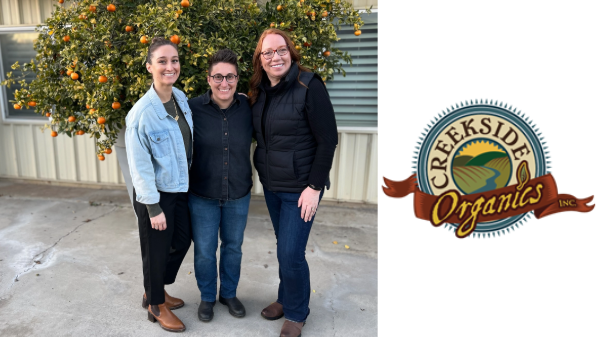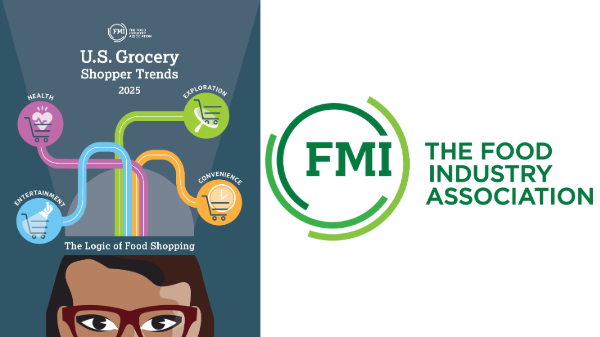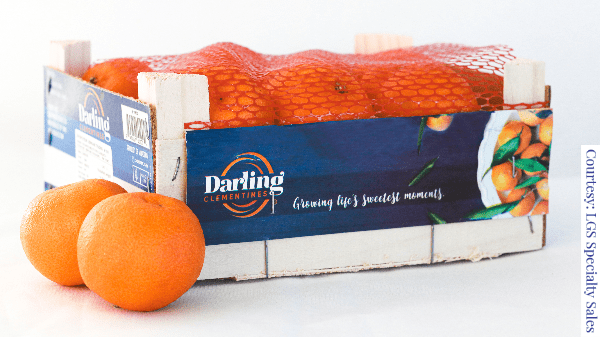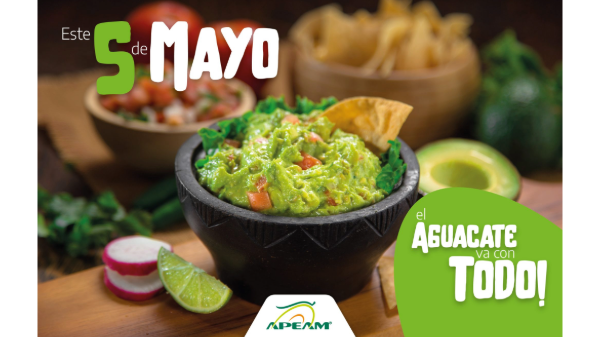Welcome to Blue Book!
Are you ready to join the thousands of companies who rely on Blue Book to drive smarter decisions? View our plans and get started today!
Still have questions? We’d love to show you what Blue Book can do for you. Drop us a line– we’ve been waiting for you.
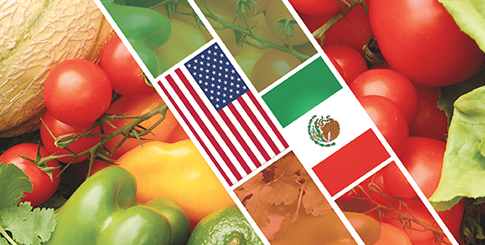
Yasmani Garcia, in sales for Sweet Seasons, LLC in Hidalgo, agrees that the geographic proximity to the border is a huge asset for bringing in produce from Mexico. And, according to Richard Ruiz, president and CEO of Ruiz Sales in Edinburg, the completion of the superhighway is a major highlight for the region, as it has increased the availability of produce coming into Texas from various parts of Mexico.
Ruiz also sees the region continuing to expand due to the lowest cost of living in Texas, “which means that goods and services are much cheaper here than in the rest of Texas, and many areas of the United States,” he says.
Additionally, buying and selling in The Valley has been made easier by the area’s pro-business government, which has welcomed the proliferation of fresh produce growers, shippers, and distributors with both assistance and incentives to move or open new operations there.
Origin and Destination
With the completion of the superhighway or supervía, transecting Mexico from its Pacific coast to Texas’ lower belly, the Rio Grande Valley continues to grow as a major conduit for fresh produce from Mexico and beyond.
Some have described the road as an inland Panama Canal because of its coast-to-coast extension. Commodities bound for many East Coast suppliers can be routed through the southern point of Texas to save shippers both time and money.
Its impact can be felt throughout the Valley and state. Camacho says the highway has been increasing movement incrementally, and has certainly brought more competition—including companies from Nogales opening offices in the region, but it’s all good for the industry. “There’s always going to be a great opportunity to do business,” asserts Camacho. “There’s room for more produce, more companies, more trucks, more orders, etc.”
A Bridge too Pharr
The Pharr Bridge and its facilities continue to expand, working to keep pace with rising traffic and rapidly increasing imports.
Luis Bazan, industrial development manager for the Pharr International Bridge, says the port of entry has been a major contributor to the area’s designation as a “mecca of distribution” with a growing percentage of perishable imports from Mexico passing through the bridge.
“We continue to be at the forefront of what’s happening in the market,” Bazan says, along with a sharpened focus on “where we are now and where we are going. It’s all about origin and destination.”
New Lanes and Cold Storage Space
The bridge’s five-year master plan, which is being enacted through 2020, includes a host of improvements, inside and out. To keep traffic moving, two additional commercial northbound entry lanes and booths and two more northbound exit lanes and booths are being built to allow for more capacity inside the port.



